Hope in the Coral Triangle
September 20, 2016
By: Liz Cunningham
“We need to take care of the ocean, because we have no land,” Arman said. “The sea is our home.” Those were the last words the Bajau sea nomad in Sulawesi told me before we parted.
When I researched my book Ocean Country, I asked, “Who more than any other cultural group in the world calls the ocean home?” The answer was the Austronesia sea nomads of Southeast Asia. Nowhere on earth are there a people whose lives are more deeply intertwined with the sea. While they now primarily live in stilt villages, they live in the wake of a 10,000 year old tradition of nomadic life at sea—their ancestors ate, cooked, hunted, slept, and gave birth at sea. They could be found everywhere from Australia and Timor-Leste to Burma, Thailand and the Philippines. The sea nomads I visited with in Sulawesi, which is part of Indonesia, are called the Bajau.
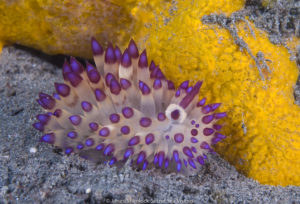
It is perhaps no coincidence the “ocean home” of sea nomads is marine biodiversity epicenter of the world, the Coral Triangle, a Mission Blue Hope Spot which includes the waters of Indonesia, Papua New Guinea, the Philippines, the Solomon Islands and Timore-Leste. It harbors the highest number of coral species and fish in the world—more than 3000 species of fish and 75% of all know coral species. It’s referred to as the “Amazon of the underwater world.”
The dazzling diversity of the coral reefs in the Coral Triangle isn’t surface beauty: it’s crucial beauty. The more biodiverse an ecosystem is, the more resilient. Like a bicycle wheel, the more spokes, the less likely a wheel is to collapse if one spoke breaks. The more diversity, the more balanced an ecosystem is and the more pathways there are to survival.
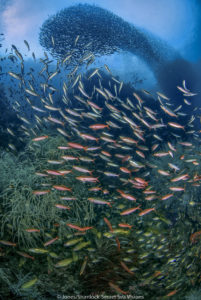
I went to the Coral Triangle to learn first-hand about biodiversity, small-scale fisheries and the culture of the sea nomads. What I didn’t plan on was what I’d learn about hope for the future itself, something that would change who I am.
Hope is no stranger to its opposite. And there was no shortage of that in the Coral Triangle: along with warming seas and coral bleaching, destructive fishing, pollution and coastal development have wrecked such havoc that nearly 90 percent of the reefs are threatened.
The humanitarian fallout from this is staggering. Approximately 120 million people depend on fisheries either for food or their livelihood in the Coral Triangle alone. Fisheries collapses and declines mean more poverty and less food in a part of the world where malnutrition is already rampant. Pollution, rising seas contaminating fresh-water aquifers, and lack of waste management has made access to clean water more and more difficult. So where’s the hope in this?
The answer, I learned, was not “where.” It was “who.”
Like most of us, the sea nomads’ culture is rife with contradictions. For thousands of years the ocean had been the “great provider”—now it was drying up like a well. And the sea nomads themselves have played a role through destructive practices like cyanide fishing, dynamite fishing, and coral mining.
But they, like us, are changing. Many of them have organized into small fisherman’s collectives, called “fishermen’s forum.” I met
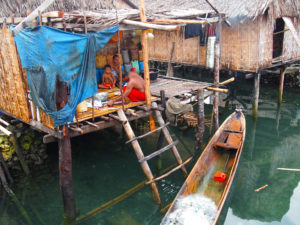
two Bajau fishermen, Enci Wahab and Dorman, who led one of these collectives, in which they’d all agreed to forgo destructive practices and use less-damaging practices such as hook and line and fish traps woven from bamboo. If another fisherman outside the collective used dynamite, members of the collective would speak with them. They’d make it clear that the community couldn’t tolerate it, that if they continued to fish this way, there would be no fish left for anyone in the “commons” of the sea that they shared: their home.
When Enci Wahab explained why they’d formed the collective, he said: “We do this for our children, we do this, so they will have fish to eat.” He spoke with such pride and dignity.
But it took a while before I understood the depth of that dignity. A few days later I spoke with another fisherman, but this one said, “I will only speak to you anonymously.”
He explained that when you walk away from dynamite fishing, you take a huge pay cut. Dynamite fishing pays between 85-170 dollars a day. Sustainable methods? Five dollars. Forty dollars a day at best. He told me the bombs were terribly dangerous, because the fuses were so short. One friend was killed, another lost an arm, another was blinded in one eye. And the dynamite? A
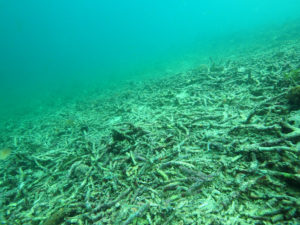
lot of the dynamite was black-market dynamite that came from a “big boss” in Singapore. The dynamite and the fish ran through the same organized crime networks that run narcotics.
That’s when the dignity of Enci Wahab’s words registered.
When the fisherman in the collective made their choice, they not only took a huge pay cut, but many of them had the courage and dignity to walk away from organized crime.
They weren’t waiting for someone else to do something about this crisis. It wasn’t about asking, “Is there hope?” It was about asking, “How can I become it?”
Hope like this isn’t about calculating the odds: it’s about doing what’s right. Hope, the philosopher Alan Mittleman writes “is a civic virtue.” It promotes cooperation “on behalf of the common good.”
The fishermen saw results from their actions. Two decades before, they told me, you could hear dynamite “going off everywhere.” Now it was very rare. There were more fish now. They could see it with their own eyes.
Those who monitored fisheries saw it too: there has been a 75 percent reduction in dynamite fishing in the Coral Triangle in the last two decades. How the actions of the fisherman’s collectives added up with the efforts of others to make that difference illuminates the path to what we all know is needed: systemic change.
So many people ask me, “Is there hope for the seas?” I tell them this story and how I see this replayed all over the world – citizens participating in beach cleanups, volunteering at wildlife rescue centers, lobbying their elected officials, reducing plastic use, supporting renewable energy initiatives and marine protected areas. I tell them their dignity and courage inspire me, because they’re not thinking so much about “Is there hope?” They’re answering that question—“How can I become it?” They answer it with their actions, knowing that with each action the pendulum moves towards a better future.
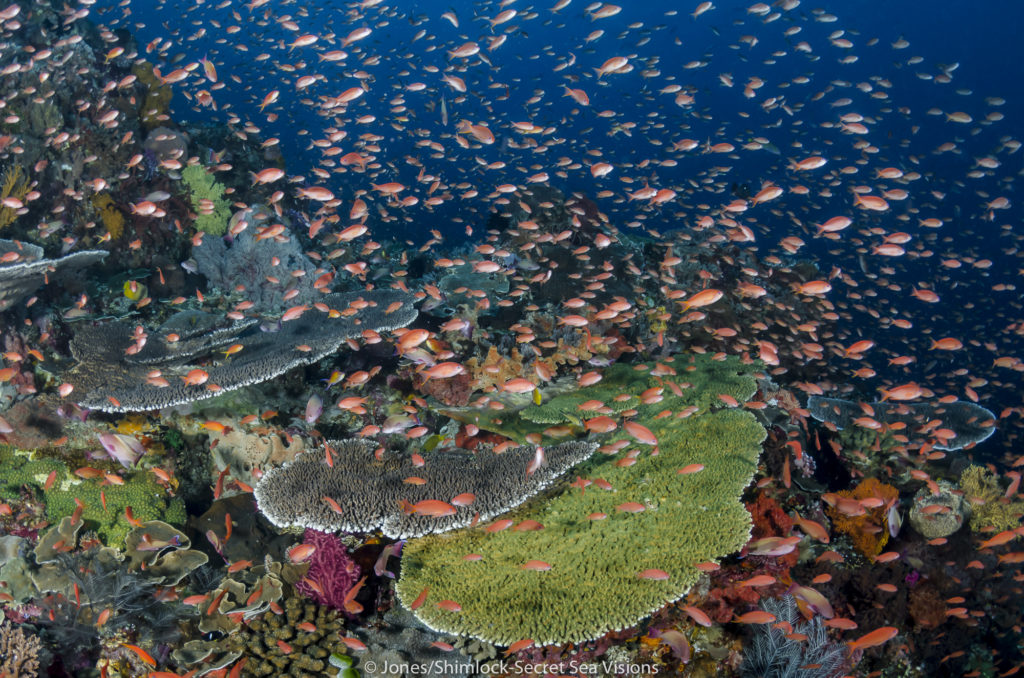
LIZ CUNNINGHAM is the author of Ocean Country: One Woman’s Voyage from Peril to Hope in her Quest to Save the Seas, with a foreword by Carl Safina and Talking Politics: Choosing the President in the Television Age. Her writing has appeared in publications such as Alternet.org, Earth Island Journal, GreenBiz, the Marin Poetry Center Anthology, The Outward Bound International Journal, Seven Seas Magazine, Times of the Islands and The San Francisco Chronicle. She serves on the board of Outward Bound Peacebuilding and is the co-founder of KurtHahn.org, the online archive for the founder of Outward Bound, Kurt Hahn. Learn about her work at http://www.lizcunningham.net
BURT JONES and MAURINE SHIMLOCK are award-winning marine life photographers whose assignments have taken them around the world to portray diverse subjects including the world’s longest underwater cave in Mexico and nesting sea snakes in Borneo. To learn more about Burt and Maurine, visit www.secretseavisions.com.








